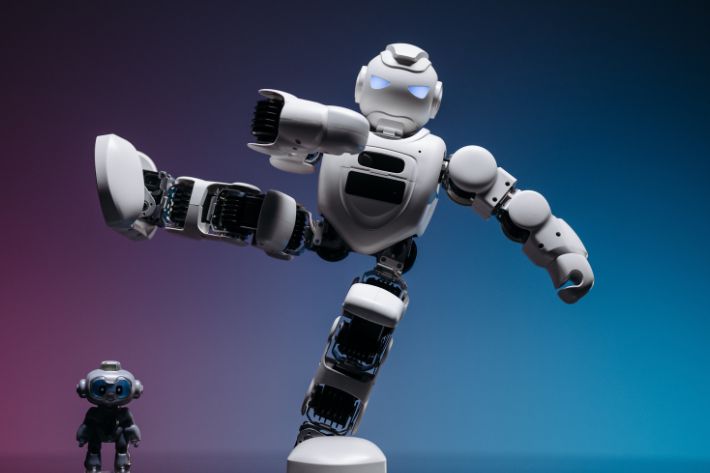Artificial intelligence (AI) has revolutionized the world of robotics, enabling machines to perform tasks that were once thought to be impossible. But building AI that can help robots learn is a whole different challenge. In this article, we’ll explore the groundbreaking work of Covariant, a startup that’s developing AI systems for robotic automation. We spoke with the company’s CEO, Peter Chen, to learn more about how his team is pushing the boundaries of what’s possible in the field of robotics.
Who is Covariant?
Covariant is a company that specializes in building AI systems for robotic automation. The company was founded in 2017 by a team of experts in robotics, AI, and machine learning. Their goal is to create AI systems that can help robots learn new tasks quickly and easily.
The challenges of building AI for robots
Building AI for robots is not an easy task. One of the biggest challenges is the sheer complexity of the tasks that robots are required to perform. For example, picking up an object from a table may seem like a simple task for a human, but for a robot, it involves a complex series of calculations and decisions.
Another challenge is the variability of the real world. Robots need to be able to adapt to changes in their environment, such as new objects appearing or obstacles blocking their path. This requires AI that can learn on the fly and adjust its behavior in real-time.
How Covariant is tackling these challenges
Covariant is using a combination of deep learning, reinforcement learning, and computer vision to build AI systems that can help robots learn. They have developed a platform called “Brain” that allows robots to learn new tasks by observing humans perform them.
The Brain platform uses a combination of neural networks and machine learning algorithms to analyze video data and create a model of the task being performed. This model is then used to train the robot to perform the task in the same way.
The benefits of Covariant approach
Covariant approach has several benefits over traditional methods of programming robots. First, it allows robots to learn tasks quickly and easily, without the need for extensive programming. Second, it enables robots to adapt to changes in their environment, making them more versatile and capable. Finally, it allows robots to learn from human experts, which can help to ensure that they perform tasks correctly and safely.
The future of robotics and AI
The field of robotics and AI is constantly evolving, and Covariant is at the forefront of this revolution. As AI systems become more advanced, robots will become increasingly capable of performing complex tasks that were once thought to be impossible. This has the potential to revolutionize industries such as manufacturing, logistics, and healthcare.
Conclusion
Covariant work is truly groundbreaking, and their approach to building AI for robots has the potential to transform the field of robotics. By allowing robots to learn new tasks quickly and easily, they are opening up a world of possibilities for automation and innovation. As we look to the future, it’s clear that the combination of robotics and AI will continue to drive new advances and change the way we live and work.

Can you be more specific about the content of your article? After reading it, I still have some doubts. Hope you can help me. https://www.binance.com/sk/register?ref=53551167